Cecil Court is a rich-in-history Victorian pedestrianised street between Leicester Square and Covent Garden. It has been used in films as a filming location and contains a range of quirky shops: antique shops, second hand and rare books, prints, art, coins, war medals, collectables, maps, jewellry, and much more. Keep reading to discover why the street got the name "Bookseller's Row" and "Flicker Alley" and to see a connection with Mozart.
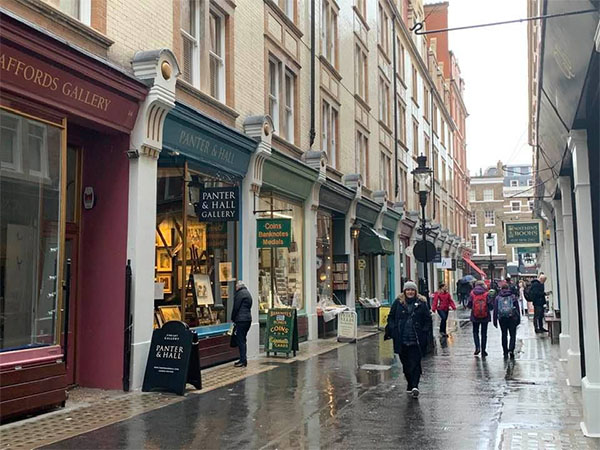
The street was probably named after Robert Cecil, first Earl of Salisbury. A few pubs and other streets have a similar connection to this man, who worked with Queen Elizabeth I. In the early 1700s, the street suffered a fire due to a problematic tennant who owned a brothel and alcohol store on the road. In the mid-1700s, an eight-year-old Mozart travelled to London with his family and took up temporary residence here on Cecil Court. His family sold tickets to concerts from their home here, and this is where the family met with musical specialists and twice performed for George III. It is also the location where Mozart wrote his first symphony. A historical plaque on the history of Mozart was unveiled near the former residence in 2011.

At the end of the 1800s until 1915, the road was nick-named "Flicker Alley" due to its film connections. Cecil Hepworth and James Williamson set up film companies here and it was home to over 40 international and national film companies. Films could be rented or bought, and confectionary could also be purchased on this road. This was where film began in the UK a decade before the first cinema opened its doors. This is possibly the most important street in the world relating to the history of film. In 2012, the historical plaque commemorating the history of "Flicker Alley" was unveiled.
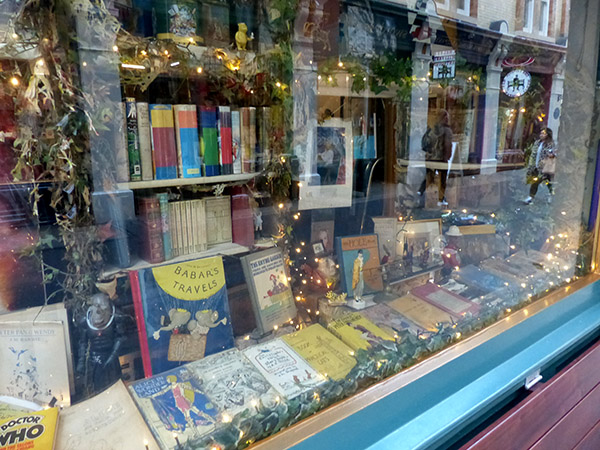
The street is still owned by the Cecil family, and it is part of the Jubilee Walkway route, a walking trail that was launched during the year of the Queen's silver jubilee in 1977. It was constructed as a tourist trail to cover as many historical areas in London, and it is over 15 miles in length.
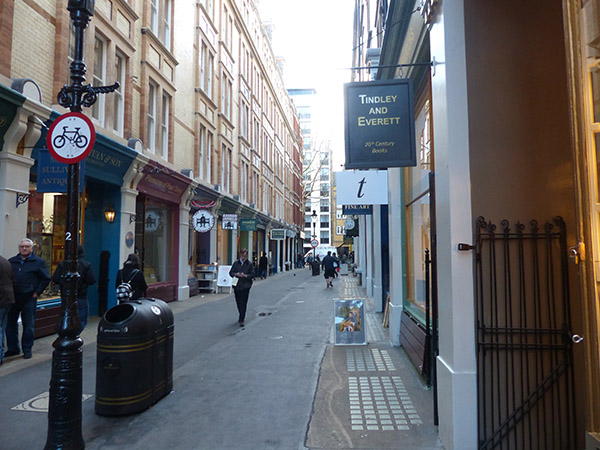
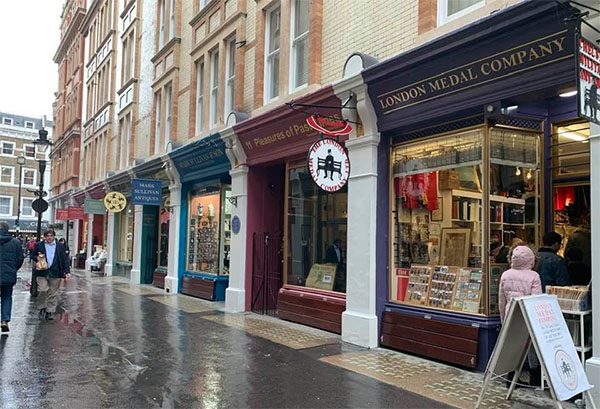
In the 1930s, Cecil Court obtained the name "Bookseller's Row" because of the number of book shops and printing that was done here. There was another "Bookseller's Row" prior to this time, and it was located near the present day end of the Strand not far from Somerset House. It was demolished in 1900 to widen the Strand.
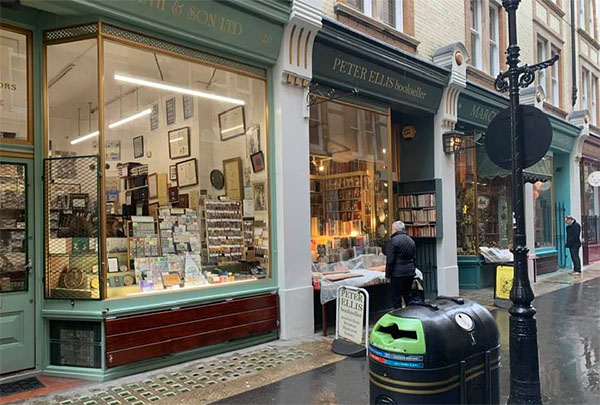
Cecil Court is a little off the beaten track in London, but it's worth a visit to see the range of interesting shops and to get an idea of what London would have been like in the past.
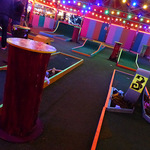


Leave a comment